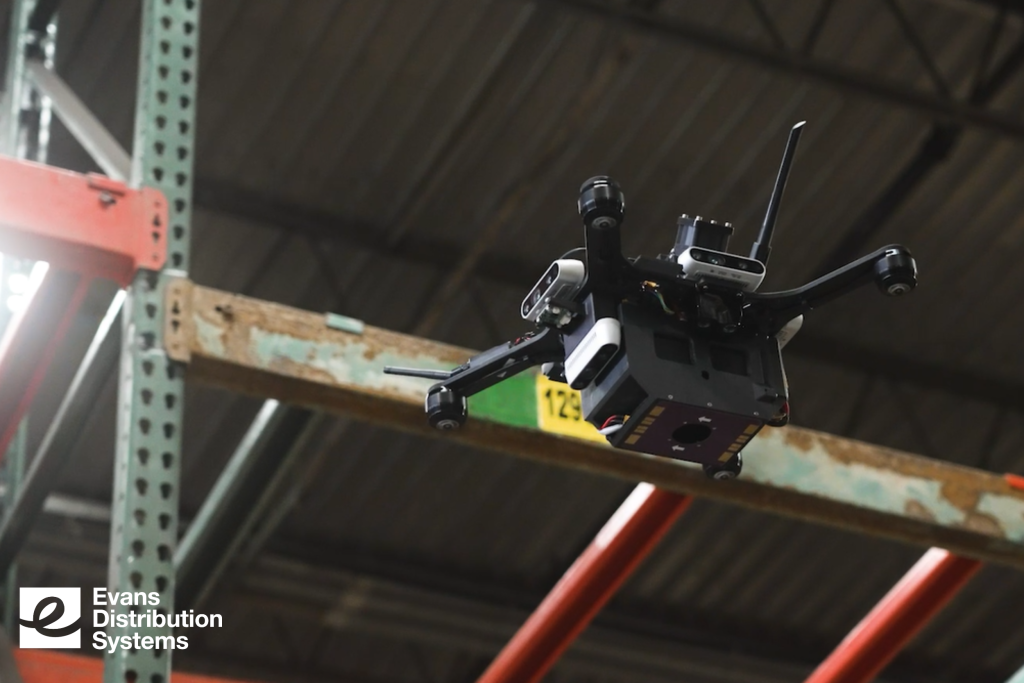
Inventory accuracy is a key component to efficient warehousing. Customers need to have reliable information about their inventory levels to be able to determine where and how to ship their goods. It’s good practice to perform inventory counts on a regular basis in addition to tracking goods through a warehouse management system (WMS).
Two common inventory management methods are physical inventory counts and cycle counting. Physical inventory counts require an in-person record of all inventories within a warehouse or an account. Depending on the size of the facility or account this method can take weeks, requiring intense time and labor resources that could impair normal operations.
Cycle counting is another method that requires an ongoing inventory audit by SKU or account over time, alleviating the need to disrupt operations. Also, cycle counting spot discrepancies quickly rather than identifying a missing item once or twice a year.
Today, as we shift toward automation, a third inventory management method is emerging—drone-based counting.
Automated Inventory Management
Vision-enabled drones scan barcodes and house the data within its system. They not only confirm levels of inventory but also product locations within the warehouse. These specialized drones have built-in software to develop warehouse navigation patterns including how many isles, racking measurements, label locations, etc. The drone software integrates with the WMS to create a report. Ideally, the report matches the data found in the WMS, otherwise it flags the data as inaccurate. Every warehouse experiences some margin of error when products are moved, misplaced, or mislabeled. The drone data identifies these errors, quickly and accurately.
Given the high velocity nature of a warehouse, the safest time to fly the drone is at night. This extends inventory management resources greatly, to a 24/7 operation. When an error is detected, the drone takes a documents the data with a photo of the label that can be accessed at any point.
Additional benefits:
- Lowers labor costs
- More efficient operations
- Real-time visibility of inventory data
- Decrease in shipping errors
- Decrease of human errors in physical counting
- Digitalizes a manual process
- Saves time and resources spent on other activities
- Provides historical review of product placements in the facility
- Reduces the risk of injury
With any new technology, there is trial and error. Drones have a limited battery life typically around 20-30 minutes. The software might not fully support the drone. Navigation patterns might not be perfectly synced causing the drone to hit an object or fall. Or drones need to re-learn many times with every new account, SKU, or a shift in warehouse layout.
Ultimately, as new technologies develop and processes become more automated, warehouses experience improved operational efficiency and higher quality service levels. The absence of physical inventory counting allows more opportunity to provide other services that were not possible before.
Conclusion
Inventory accuracy is critical to maintaining efficient warehouse operations and ensuring customer satisfaction. While traditional methods like physical counts and cycle counting have been the backbone of inventory management, the rise of automated solutions such as drone-based counting is transforming the industry. These drones offer real-time visibility, lower labor costs, and reduce human error, making them a valuable tool in today’s fast-paced logistics environment. As technology continues to evolve, warehouses can look forward to increased operational efficiency, enhanced accuracy, and more time to focus on expanding service offerings.
